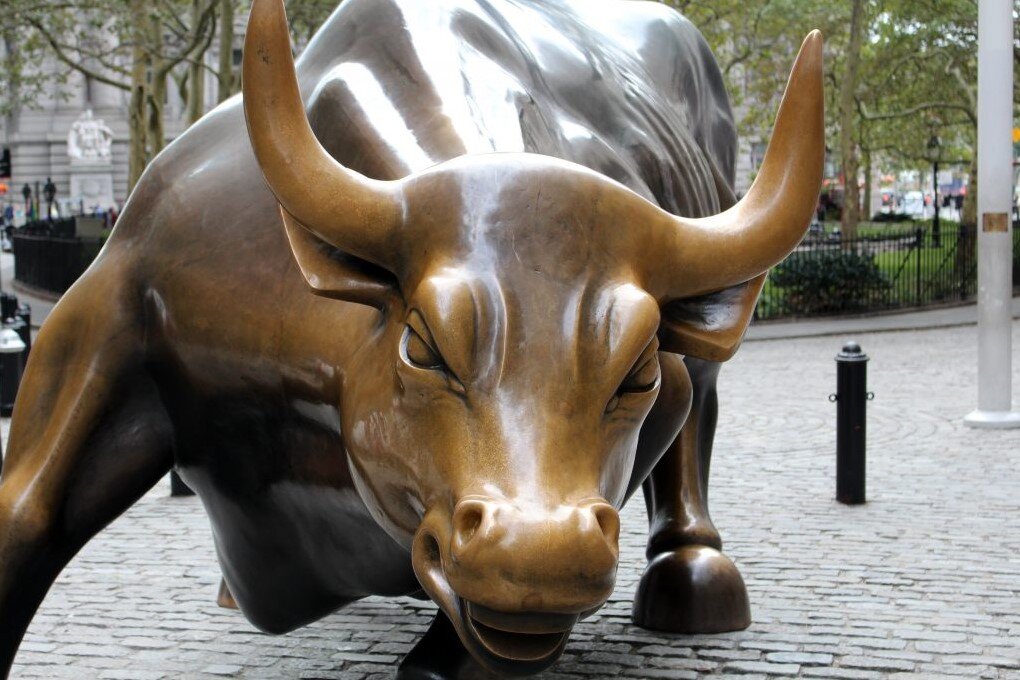No Bull Lasts Forever
Wall Street is filled with unpredictability, whether it’s through market volatility, economic instability or foreign affairs. For the past 227 years, analysts have tracked the markets to identify specific indicators and patterns that would give investors an edge.
Through these findings, a cyclical economic pattern emerged and developed as the industry standard. In over two centuries, we have arguably never seen such an affluent economic environment. Equity markets have reached all-time highs, U.S. Nominal GDP has grown at 2.1% to $21.3 trillion, and the U.S. unemployment rate is sitting near an all-time low of 3.7%. Analysts indicate that the average U.S. bull market lasts approximately five years, and we are currently in year ten of an expanding economy. The U.S. economy is thriving, but no bull lasts forever; we may be approaching the end of an upturn.
In March of 2019, a key recession indicator triggered a warning signal; the yield curve had inverted. An inverted yield curve forms when short-term interest rates are higher than long-term interest rates. When the yield curve is not inverted, lenders receive higher yields when they loan capital for longer periods of time. In essence, higher short-term interest rates are positively correlated with increased demand for short-term credit. History demonstrates that when the yield curve inverts an economic recession follows, on average, 311 days from that date1. As we near the midway point of that 311-day average and look forward into the next five years, it is highly unlikely that our economy will continue to perform at its current level.
Another key indicator of economic stability is the federal interest rate. Federal Reserve Chairman Jerome Powell cut rates by 25 BPS at 2:00pm on September 18th, 2019. This follows the July 31st rate cut which was the first in over a decade; the last cut occurred in 2008 during the financial crisis. The combination of the inverted yield curve, federal rate cuts, and global economic instability presents an outlook for a potential economic correction.
For investors, how can you hedge potential market volatility over the next five years? Automation Finance, a debt investment fund qualified by the SEC is set to launch the Automation Finance Reperformance Fund IV. The fund aims to return up to 8% annually, with the ability to compound monthly over a 5-year term. Investors can receive monthly dividends with an option to re-invest their earnings. This Regulation A listing is being offered at $10.00 per Series A Preferred Stock, with a minimum initial investment of $250.00. There are no fees for investors. As a debt investment fund with no direct correlation to the market, the Automation Finance Reperformance Fund IV can reduce market exposure and serve as a portfolio hedge over the next five years. In this hyperinflated bull market economy, previous funds managed by Automation Finance have been extremely profitable, averaging a 21.5% return. As the market experiences volatility, this fund can have a significant impact on portfolio performance.
For more information click here, or contact info@automationfinance.com.

